Food Storage & Safety Blog
Expert tips and guides on food storage, safety, and expiration dates. Learn how to properly store food and make informed decisions about expired food.

The Fridge Organization Guide That Saves Money: How Proper Storage Can Cut Your Food Waste by 80%
The way you organize your refrigerator directly impacts how long your food lasts. Learn the science-backed fridge layout that can extend your food's shelf life by 30-50% and save you hundreds of euros per year.

How to Read Expiration Dates Like a Pro: Decoding Food Labels to Save Money and Reduce Waste
Expiration dates are confusing, but they don't have to be. Learn what 'Best By,' 'Use By,' 'Sell By,' and other dates actually mean, and how to use this knowledge to save hundreds of euros per year on food waste.

10 Foods You're Throwing Away Too Early (And How to Tell If They're Actually Bad)
You're probably wasting hundreds of euros per year by throwing away perfectly good food. Here are 10 common foods that last much longer than their expiration dates suggest, plus how to tell when they're truly spoiled.

The Real Cost of Food Waste: Why I Created a Guide to Save You €1,500+ Per Year
I used to throw away €50-80 worth of food every month because I didn't know if it was still safe. After tracking my waste and researching food safety, I created a comprehensive guide that could save you over €1,500 per year. Here's my story and why this matters.

AI vs Traditional Food Safety: Why Computer Vision Wins
Still relying on "smell tests" or guessing when food has gone bad? In this post, we explore how AI-powered food scanners are changing the way we handle food safety at home. Learn why computer vision and real-time analysis outperform outdated methods like expiration dates and text articles. Discover how our AI food scanner detects spoilage, reduces waste, and gives you instant answers — all from a simple photo. Say goodbye to the guessing game and hello to smarter, safer food decisions.

The Dangers of Eating Expired Flaxseed
In recent years, flaxseed has gained popularity as a superfood packed with nutrients and health benefits. Rich in omega-3 fatty acids, fiber, and antioxidants,

The Truth About Soy Sauce Expiration: How Long Does Soy Sauce Last?
Soy sauce is a staple condiment in many kitchens, adding depth and umami flavor to a variety of dishes. But have you ever wondered about the shelf life of soy s

Can I Eat Expired Tofu?
Tofu is a versatile and nutritious food that is popular among vegetarians and vegans. It is a great source of protein and can be used in a variety of dishes, fr

Is Refrigerating Chocolate Syrup Necessary?
If you're a chocolate lover like many of us, you likely have a bottle of chocolate syrup in your pantry or fridge. But the question remains: does chocolate syru
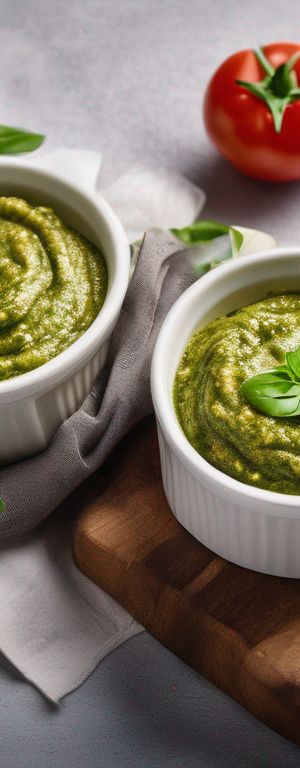
Is it Necessary to Refrigerate Pesto Sauce?
Pesto sauce is a delicious and versatile condiment that adds flavor to a variety of dishes. Whether you use it as a pasta sauce, sandwich spread, or salad dress
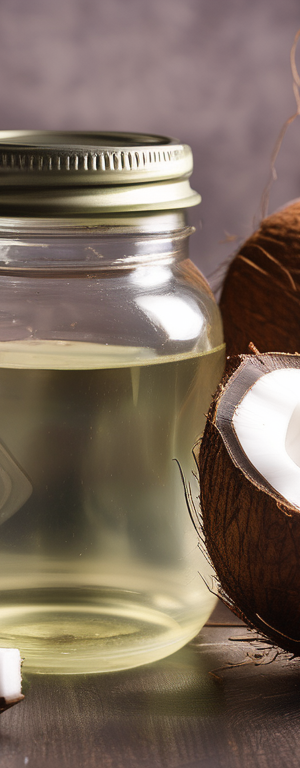
The Dangers of Using Expired Coconut Oil
In recent years, coconut oil has gained popularity for its various health benefits and versatile uses in cooking, skincare, and hair care. However, like any oth
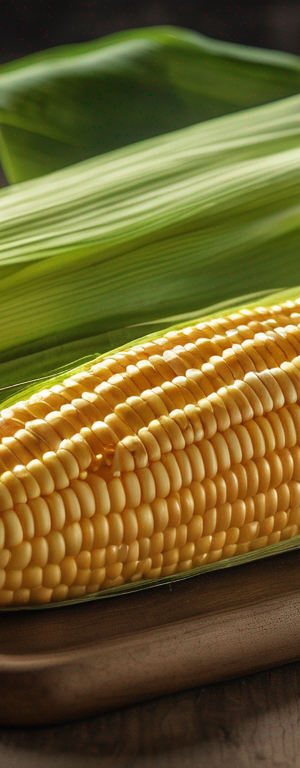
Can You Freeze Cooked Corn on the Cob?
Corn on the cob is a beloved summer treat that many people enjoy during BBQs, picnics, and family gatherings. But what do you do when you have leftover cooked c
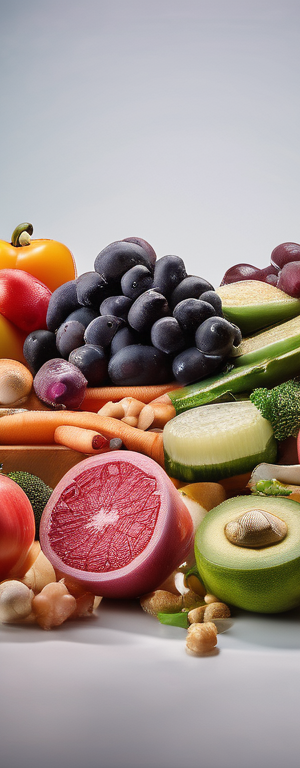
How Long Do Canned Fruits Last: A Comprehensive Guide
Canned fruits are a convenient and versatile option to have on hand for snacking, baking, or adding to recipes. But how long do canned fruits actually last? In

How Long Can Lunch Meat Last in the Fridge?
Lunch meat, also known as deli meat or cold cuts, is a popular choice for sandwiches and salads. But how long can you safely store lunch meat in the fridge befo

The Truth About Rice Expiration Date
Rice is a staple food in many households around the world. It's versatile, affordable, and can be stored for long periods. However, like any food item, rice doe

Does Dried Seaweed Expire: Understanding Shelf Life and Storage Tips
In recent years, dried seaweed has gained popularity for its unique flavor, nutritional benefits, and versatility in various dishes. However, like any other foo

How Long Can Deli Meat Stay in the Fridge?
Deli meat is a popular choice for quick and easy meals, but how long can you safely keep it in the fridge before it goes bad? In this blog post, we will explore
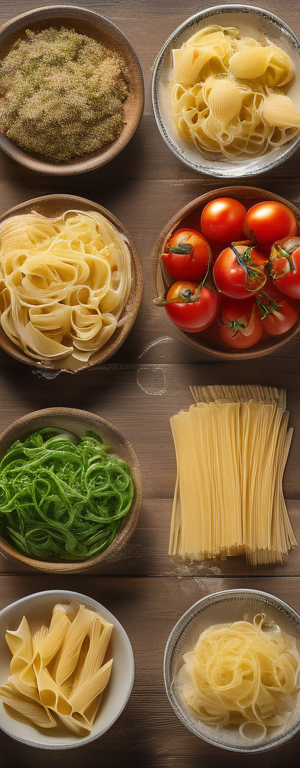
The Ultimate Guide to Dried Pasta Shelf Life
Are you a pasta lover like me? If so, you probably have a stash of dried pasta in your pantry ready to be cooked into a delicious meal. But have you ever wonder

Can Fish Food Expire?
In the world of canned goods, we often wonder about the shelf life of various items. When it comes to canned fish, many people are unsure if fish food can expir
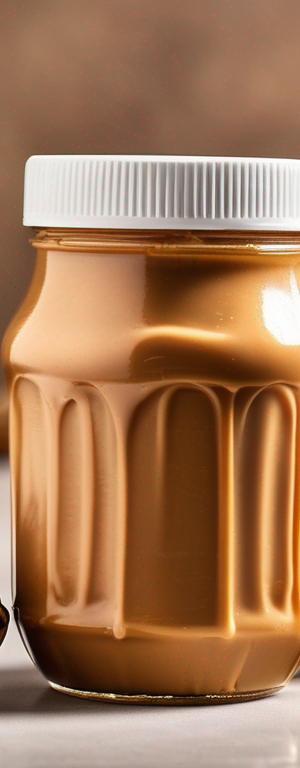
When Does Peanut Butter Expire: A Comprehensive Guide to Peanut Butter Shelf Life
Peanut butter is a popular and versatile food item enjoyed by many people worldwide. Whether you spread it on toast, use it in baking, or add it to smoothies, p
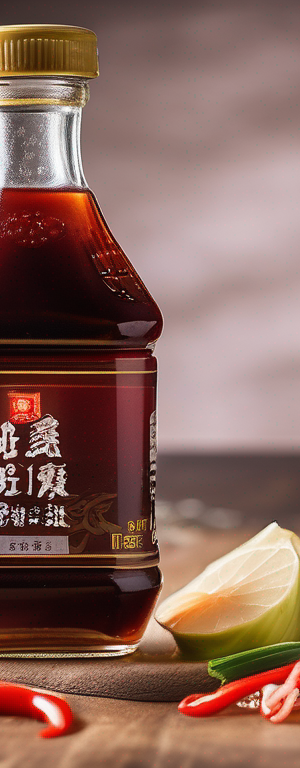
Exploring Alternatives to Fish Sauce in Cooking
When it comes to Asian cuisine, fish sauce is a staple ingredient known for its unique savory flavor that adds depth and complexity to dishes. However, for thos

The Ultimate Guide to Yogurt: Expiration Dates, Storage, and Safety
Yogurt is a popular and nutritious dairy product enjoyed by people of all ages. Whether you prefer Greek yogurt, regular yogurt, or flavored varieties, it's imp

Is Fish Food Expiry a Concern? Understanding the Shelf Life of Fish Food
When it comes to caring for our aquatic friends, providing them with the right nutrition is crucial. Just like any other type of pet food, fish food also has a
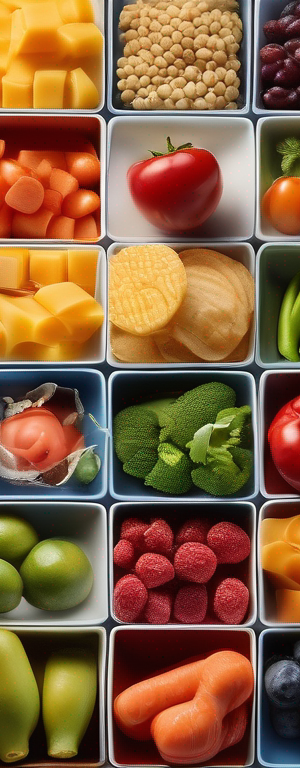
How Long is Cheese Good for After the Expiration Date?
Cheese is a beloved dairy product enjoyed by many around the world. Whether it's a slice of cheddar on a sandwich, a creamy brie on a cheese board, or a sprinkl
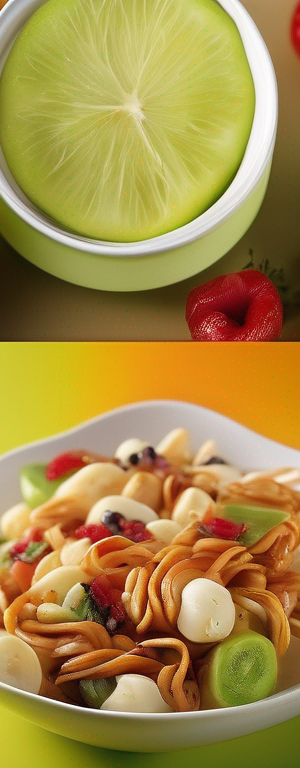
When Does Bread Expire: Understanding Shelf Life and Storage Tips
Do you ever find yourself wondering if that loaf of bread sitting on your kitchen counter is still safe to eat? Understanding the expiration date and shelf life

Understanding Cocoa Powder Expiration Date
Cocoa powder is a versatile ingredient that adds rich flavor to a variety of baked goods, desserts, and beverages. But like all food products, cocoa powder has

How Long is Cheese Good After the Expiration Date?
When it comes to cheese, many people wonder how long it can be consumed after the expiration date. Cheese is a versatile and delicious food that comes in variou

Understanding Baking Powder Expiration Date: What You Need to Know
Baking powder is a pantry staple that plays a crucial role in baking by helping baked goods rise and become light and fluffy. However, like all pantry items, ba

How Long Does Milk Last Past the Expiration Date?
When it comes to milk, many people rely heavily on the expiration date stamped on the carton to determine its freshness. But have you ever wondered if you can s

The Ultimate Guide to Chicken Expiry: How to Safely Store and Handle Chicken
Chicken is a versatile and popular protein choice for many households. However, ensuring that chicken is safe to eat is crucial to prevent foodborne illnesses.
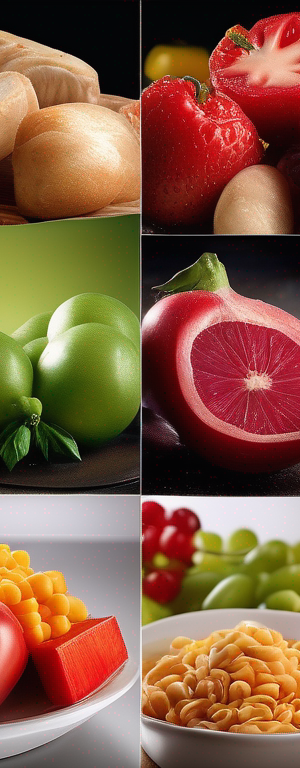
Does Dry Seaweed Expire: Understanding Shelf Life and Storage Tips
When it comes to incorporating new and exciting ingredients into your cooking, dry seaweed is a popular choice for its unique flavors and nutritional benefits.

The Truth About Vegetable Oil Expiration Dates
In the world of cooking and baking, vegetable oil is a staple ingredient that is used in a wide variety of recipes. However, many people are unsure about the sh

The Ultimate Guide to Soy Sauce Expiration Date
Soy sauce is a popular condiment in many households and is used in various Asian cuisines to enhance the flavor of dishes. However, like many food products, soy
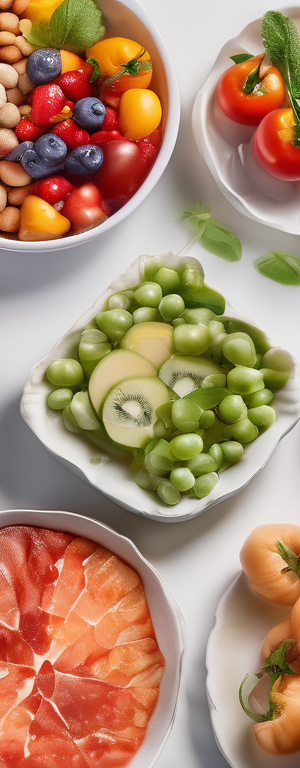
The Ultimate Guide to Food Expiration Date Checker
In today's fast-paced world, keeping track of food expiration dates can be a challenging task. With busy schedules and multiple items in our pantry, it's easy t

The Shelf Life of Dried Pasta: A Comprehensive Guide
When it comes to pantry staples, dried pasta is a versatile and convenient option that many households rely on. Whether you're whipping up a quick weeknight din
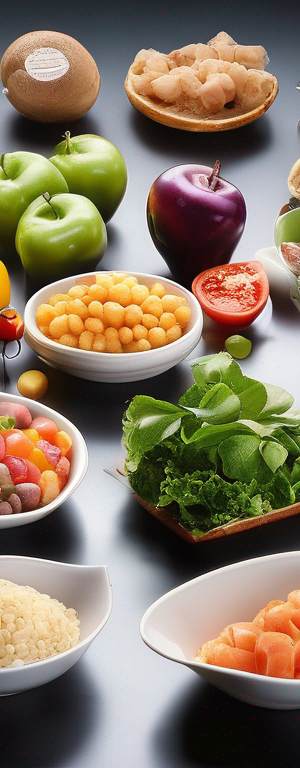
Can You Freeze Salad Dressing? Tips for Proper Storage and Safety
Salad dressings are a versatile and flavorful addition to any salad. Whether you prefer a zesty vinaigrette or a creamy ranch dressing, having your favorite dre

Can You Freeze Salad Dressings: A Comprehensive Guide
Salad dressings are a staple in many households, adding flavor and zest to fresh greens and vegetables. But what happens when you have leftover dressing or want
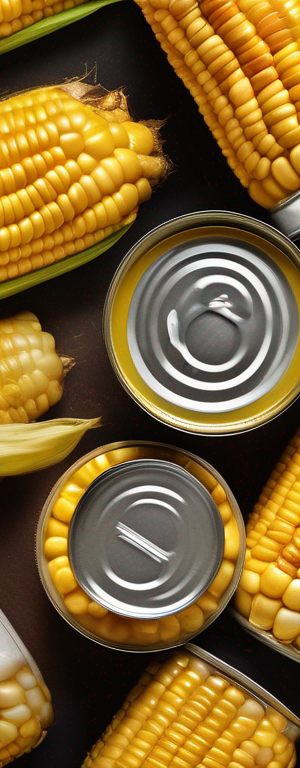
Does Canned Corn Expire: Understanding Food Safety and Storage
Canned corn is a versatile and convenient pantry staple that can be used in a variety of dishes, from soups and casseroles to salads and salsas. However, like a
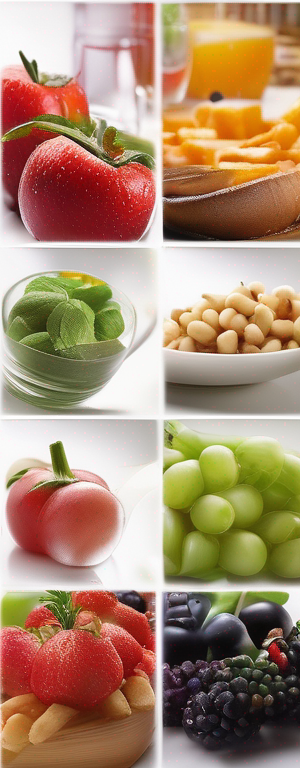
What Happens If You Eat Expired Chicken Broth?
Chicken broth is a popular ingredient used in various dishes to enhance flavor and provide a savory base. However, like any food product, chicken broth can spoi

The Truth About Eating Expired Yogurt
When it comes to expired foods, the topic of yogurt often raises questions and concerns. Yogurt is a dairy product that can provide numerous health benefits, bu

Understanding Expiration Date on Bread: What You Need to Know
In the world of food safety, understanding expiration dates is crucial to ensure that the food we consume is safe and of good quality. When it comes to bread, m

Can Fruit Juice Go Bad: Understanding Food Safety and Storage
In today's fast-paced world, convenience plays a significant role in our daily lives. One of the most convenient ways to enjoy a refreshing and healthy drink is
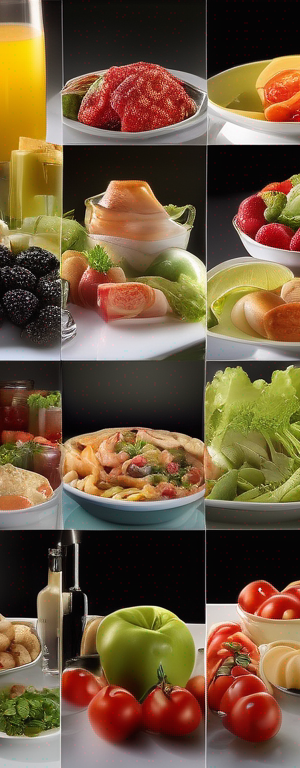
Does Juice Expire? Understanding Juice Shelf Life and Safety
Juice is a popular beverage enjoyed by people of all ages. Whether it's orange juice in the morning or a refreshing glass of apple juice with lunch, many of us

How Long Does Canned Chicken Last: A Comprehensive Guide
In today's fast-paced world, canned foods offer convenience and versatility for busy individuals and families. Canned chicken, in particular, is a popular choic

The Ultimate Guide to Canned Meats Shelf Life
In today's fast-paced world, canned meats are a convenient and versatile option for quick and easy meals. Whether you're a busy parent, a camping enthusiast, or
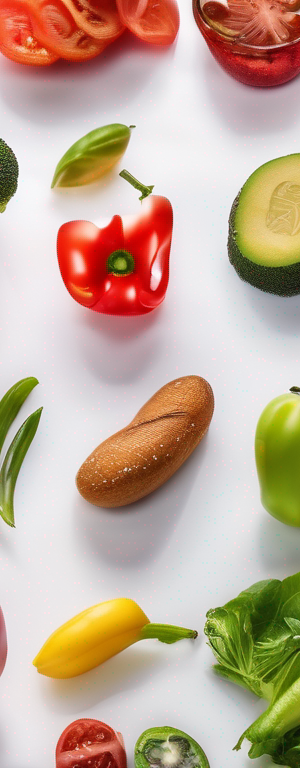
Understanding Best Before Date on Bread: What You Need to Know
When it comes to ensuring food safety and quality, understanding the best before date on bread is essential. Bread is a staple food item in many households, and

How Long Do Frozen Vegetables Last: A Comprehensive Guide
In today's fast-paced world, frozen vegetables have become a convenient and nutritious option for many people. Whether you're stocking up during a sale or tryin
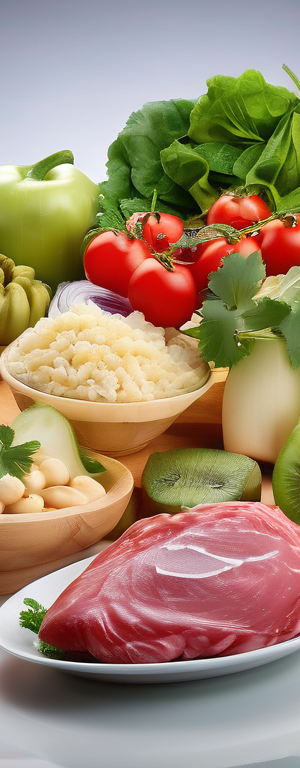
Understanding the Shelf Life of Soy Sauce
Soy sauce is a staple condiment in many kitchens around the world, known for its rich umami flavor and versatility in various dishes. However, like any other fo

The Truth About Expired Bread: What You Need to Know
Are you one of those people who tosses out bread the moment it hits the expiration date? Many of us are guilty of this, but the truth is that bread can often be
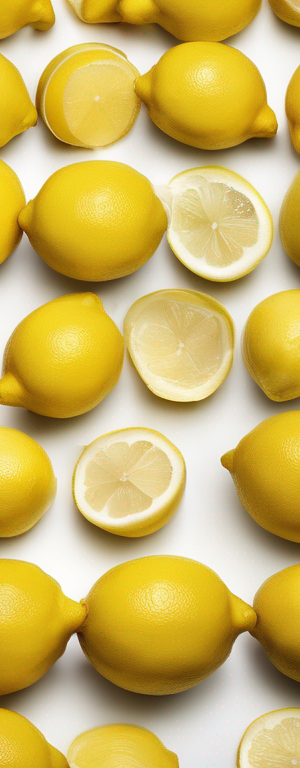
The Ultimate Guide to Lemon Juice Expiration: Safety Tips and Storage Recommendations
Lemons are a versatile fruit that adds a burst of flavor to dishes and beverages. Lemon juice, extracted from these citrus fruits, is a popular ingredient used

The Truth About Milk Expiration Dates
When it comes to milk, many people rely heavily on the expiration date stamped on the carton to determine its freshness and safety. However, understanding what
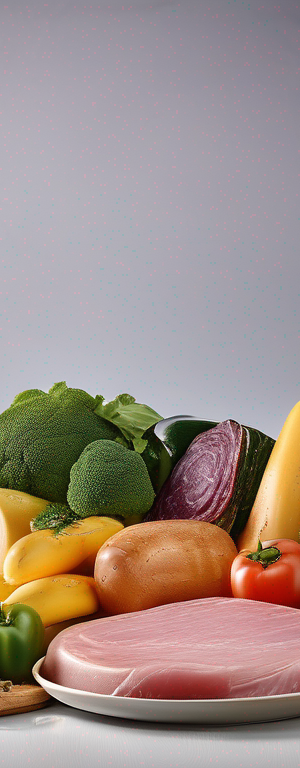
Do Jelly Beans Expire? A Comprehensive Guide to Jelly Bean Shelf Life
When it comes to sweet treats, jelly beans are a classic favorite for many people. These colorful, sugary candies come in a variety of flavors and are often enj

The Truth About Chocolate Expiration: When Does Chocolate Go Bad?
Who doesn't love chocolate? It's a decadent treat enjoyed by people of all ages around the world. Whether you prefer dark, milk, or white chocolate, there's no

Are Fruit Pies Safe to Leave Out or Do They Need to be Refrigerated?
When it comes to delicious fruit pies, the question of whether they need to be refrigerated or if they can be left out at room temperature often arises. In this
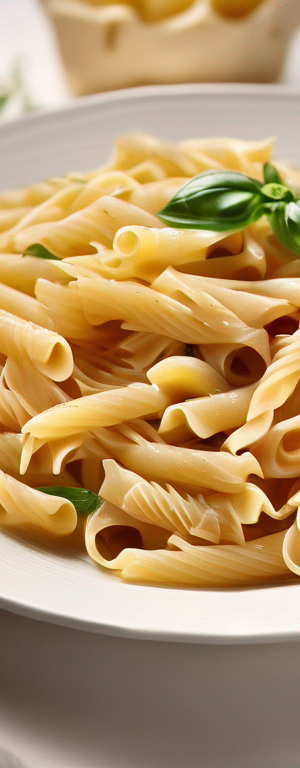
Can You Get Sick from Eating Expired Pasta Sauce?
Pasta sauce is a staple in many kitchens, adding flavor and richness to a variety of dishes. But what happens when that jar of pasta sauce has been sitting in y

The Ultimate Guide to Soy Sauce Best By Date
Soy sauce is a popular condiment in many cuisines, known for its rich umami flavor and versatility in cooking. However, like all food products, soy sauce also h
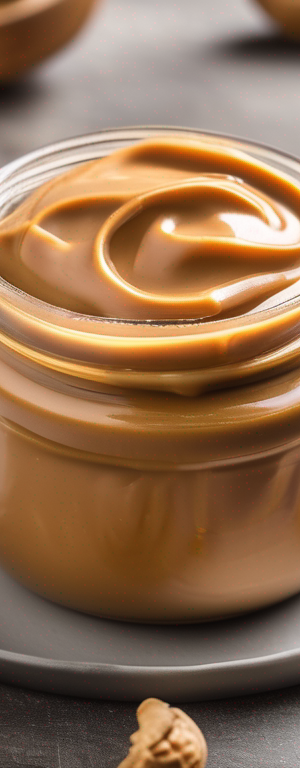
Can I Eat Expired Peanut Butter: Food Safety and Storage Guide
Peanut butter is a versatile and delicious spread loved by many. Whether you enjoy it on toast, in sandwiches, or as an ingredient in recipes, peanut butter is

Everything You Need to Know About Vegetable Oil Expiration
In every kitchen, vegetable oil is a staple ingredient used for cooking, baking, and frying. But have you ever wondered if vegetable oil can go bad? In this com

The Truth About Expired Bread: Safety, Storage, and Tips
Bread is a staple in many households, but what happens when it starts to go stale or past its expiration date? Is it safe to eat expired bread, or should you to

How Long Do Frozen Vegetables Last: A Guide to Storage and Safety
In today's fast-paced world, frozen vegetables have become a convenient and nutritious option for many households. They offer a quick and easy way to incorporat
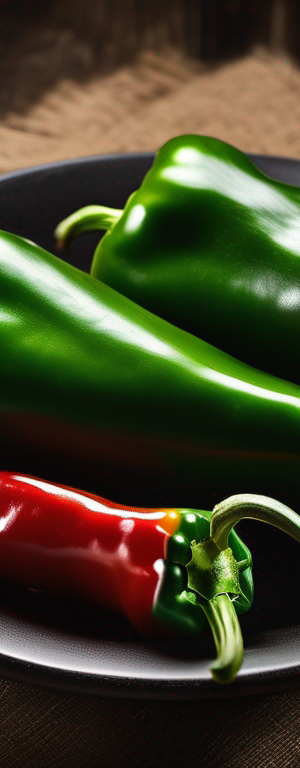
Does Salt and Pepper Expire: Understanding Food Safety and Storage
In every kitchen, salt and pepper are essential ingredients that add flavor and depth to dishes. However, many home cooks may wonder: do salt and pepper expire?

The Ultimate Guide to Understanding Yogurt Use-By Dates
Yogurt is a versatile and delicious dairy product enjoyed by many, but understanding its use-by dates is crucial for ensuring food safety and quality. In this c

Making the Most of Your Canned Tuna: Understanding Use By Dates
In the world of pantry staples, canned tuna is a versatile and convenient protein source that can be used in a variety of dishes, from salads to sandwiches to c
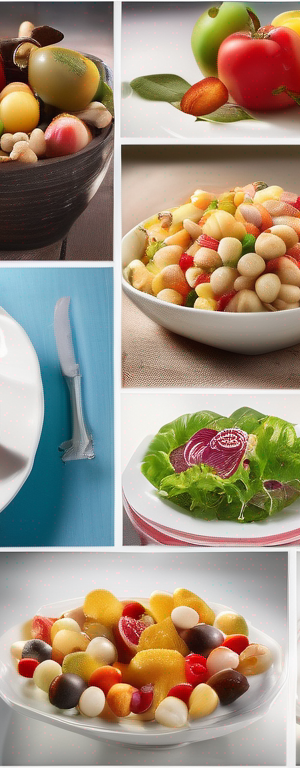
The Truth About Soy Sauce Expiry: What You Need to Know
Soy sauce is a staple condiment in many kitchens, adding flavor and depth to a wide range of dishes. But like all food products, soy sauce has a shelf life, and
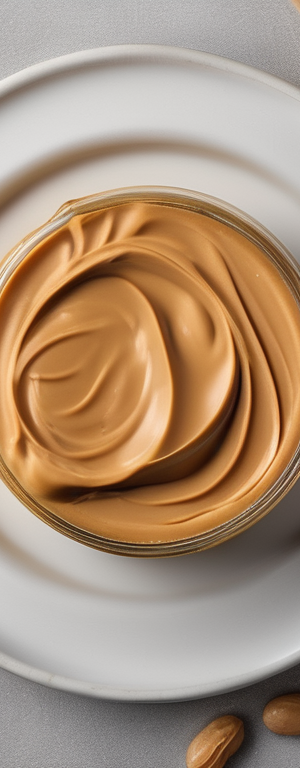
How Long Does Peanut Butter Last Unopened?
Peanut butter is a versatile and popular spread enjoyed by many around the world. Whether you like it smooth or crunchy, peanut butter is a pantry staple in man

Making the Most of Your Bread: Understanding Best Before Dates
In every household, bread is a staple item that is consumed almost daily. Whether you prefer white, whole wheat, or artisanal bread, one thing remains constant
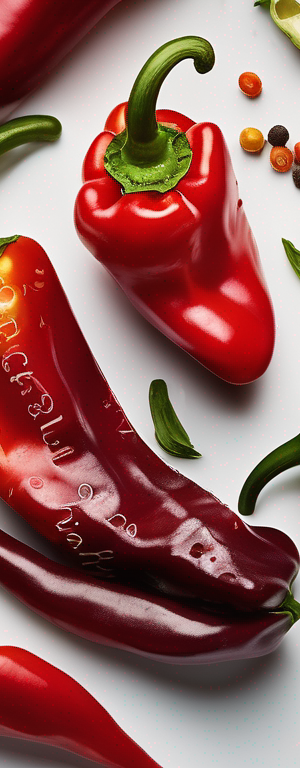
Do Salt and Pepper Expire: Understanding Shelf Life and Storage Tips
Salt and pepper are essential ingredients in every kitchen, adding flavor and depth to a wide variety of dishes. However, many home cooks may wonder if these pa

Can I Eat Yogurt After the Expiration Date?
Yogurt is a popular dairy product enjoyed by many for its creamy texture and probiotic benefits. But what happens if you find a container of yogurt in your frid

Can Jelly Beans Expire? Understanding Jelly Bean Shelf Life and Storage
Jelly beans are a popular treat enjoyed by people of all ages. Whether you like them sweet, sour, or with unique flavors, jelly beans offer a burst of sugary go
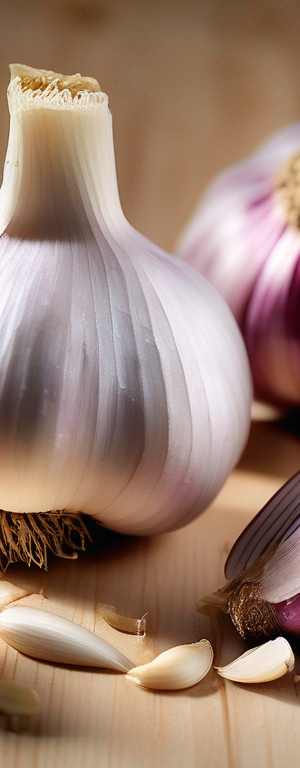
Does Garlic Expire: A Guide to Garlic Storage and Shelf Life
Garlic is a staple ingredient in many cuisines around the world. Its pungent flavor and aroma can enhance the taste of a wide variety of dishes, making it a pop

Understanding the Expiration Date of Water Bottles
In our quest for staying hydrated and healthy, many of us rely on bottled water as a convenient source of hydration. However, have you ever wondered about the e

Coconut Water Expiration: Understanding Shelf Life and Safety
Coconut water has gained popularity as a refreshing and nutritious beverage, known for its hydrating properties and natural electrolytes. But like any perishabl

Understanding Bread Expiration Date: How Long Does Bread Last?
When it comes to bread, many of us have experienced the disappointment of finding a loaf that has gone stale or moldy before we could finish it. Understanding b

Is Your Salad Dressing Expired? Understanding Food Safety and Storage
In the world of food safety, it's important to pay attention to the expiration dates of various products, including salad dressing. While salad dressing may see

How Long After the Expiration Date is Cake Mix Good?
Are you wondering if that cake mix buried in the back of your pantry is still safe to use after its expiration date? Many people often find themselves in this d

How Long Will Fresh Cranberry Sauce Last?
When it comes to the festive season, cranberry sauce is a staple on many dining tables. Whether you prefer it homemade or store-bought, knowing how long fresh c

Everything You Need to Know About Chicken Stock Expiration Date
Chicken stock is a versatile ingredient that adds depth and flavor to a wide range of dishes, from soups and stews to sauces and risottos. However, like all per
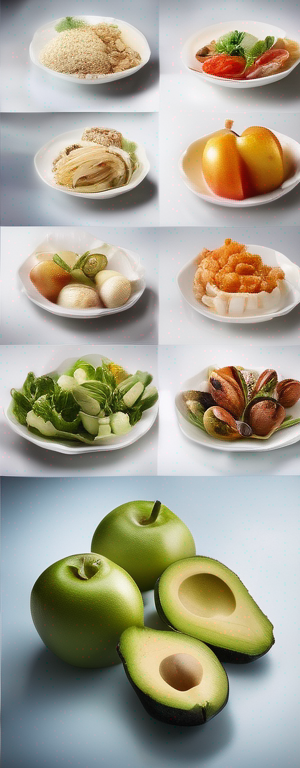
How Long Does Homemade Cranberry Sauce Last?
Homemade cranberry sauce is a delicious and versatile condiment that many people enjoy, especially during the holiday season. But how long does this tangy treat

The Shelf Life of Lunch Meat: Everything You Need to Know
In today's fast-paced world, lunch meat is a convenient and popular choice for sandwiches and snacks. But how long can you safely keep lunch meat in your fridge

The Truth About Canned Fish Expiration Dates
In today's fast-paced world, canned foods have become a staple in many households for their convenience and long shelf life. Canned fish, in particular, is a po
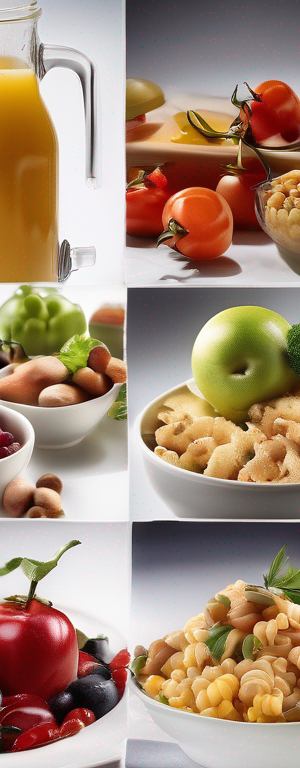
Are Frozen Vegetables Safe to Eat? A Guide to Frozen Vegetable Storage and Shelf Life
In today's fast-paced world, frozen vegetables have become a convenient and popular option for many households. They offer a quick and easy way to incorporate n

Is Your Coconut Water Expired? Understanding Expiration Dates and Safety Concerns
In recent years, coconut water has gained popularity as a refreshing and hydrating beverage. Packed with electrolytes and nutrients, it has become a go-to choic

Understanding Mayonnaise Expiration Dates
Mayonnaise is a beloved condiment that adds creaminess and flavor to a variety of dishes, from sandwiches to salads. However, like all food products, mayonnaise

Is It Safe to Eat Out of Date Butter?
Butter is a staple ingredient in many kitchens, known for its rich flavor and versatility in cooking and baking. However, like all perishable foods, butter does
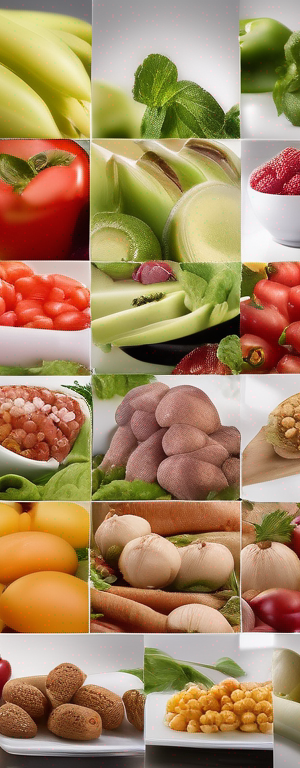
The Ultimate Guide to Chicken Broth Expiry Date
Chicken broth is a versatile ingredient that adds flavor and depth to various dishes, from soups and stews to sauces and risottos. However, like any perishable
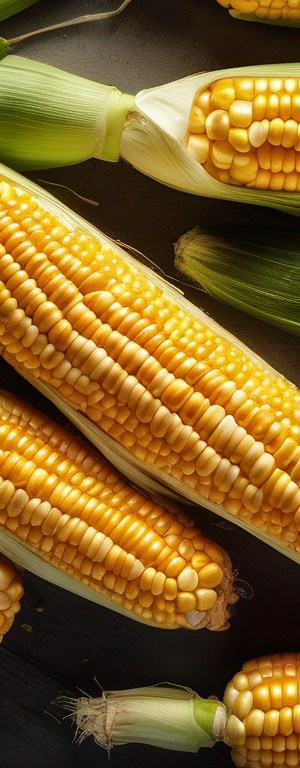
How Long Does Corn Meal Last: A Guide to Corn Meal Shelf Life
Corn meal is a versatile ingredient that can be used in a variety of dishes, from cornbread and muffins to coatings for fried foods. But how long does corn meal

How Long Does Fresh Cranberry Sauce Last?
When it comes to the holiday season, fresh cranberry sauce is a staple on many tables. Whether you make it from scratch or buy it pre-made, knowing how long cra

The Truth About Expired Coconut Water: Safety, Storage, and Tips
In recent years, coconut water has gained popularity as a trendy and refreshing beverage that boasts numerous health benefits. However, like any perishable food

Understanding Tofu Expiration Date: A Comprehensive Guide
When it comes to tofu, many people are unsure about how long it lasts and whether it's safe to eat past its expiration date. In this guide, we will delve into t

How Long Do Fresh Green Beans Last in the Fridge
When it comes to storing fresh produce like green beans, knowing how long they can last in the fridge is essential for maintaining their quality and safety. Gre

Can You Drink Milk After the Expiration Date?
In our daily lives, we often come across food products that have passed their expiration dates. One common dilemma many people face is whether it is safe to con

Maximizing the Shelf Life of Canned Meat: A Comprehensive Guide
In today's fast-paced world, canned meat serves as a convenient and long-lasting option for many households. Whether you are stocking up for emergencies or look

Understanding Philadelphia Cream Cheese Use By Date
When it comes to dairy products like Philadelphia cream cheese, understanding the importance of the "use by" date is crucial for ensuring food safety and qualit

The Ultimate Guide to Chicken Broth Expiration: Safety Tips and Storage Recommendations
In every well-stocked kitchen, a carton or can of chicken broth is a staple ingredient. Whether you use it as a base for soups, stews, sauces, or to add flavor

How Long Does Peanut Butter Last After the Expiration Date?
Peanut butter is a beloved pantry staple for many households, loved for its creamy texture and nutty flavor. But what happens when you find a jar of peanut butt

The Ultimate Guide to Deli Meat Shelf Life
Are you a fan of deli meats but often find yourself wondering how long they can be safely stored in your fridge? Deli meats are a popular choice for sandwiches,

Is it Safe to Eat Expired Popcorn?
Popcorn is a beloved snack enjoyed by many for its crunchy texture and delicious flavor. Whether you prefer it plain, buttered, or seasoned, popcorn is a versat

Understanding Coconut Water Expiry: Safety Tips and Storage Guidelines
Coconut water is a refreshing and nutritious drink that has gained popularity for its health benefits. However, like any other food or beverage, coconut water c
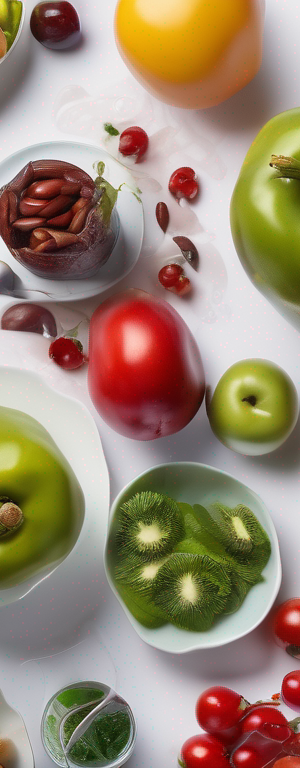
Is Your Canned Pumpkin Still Good? A Guide to Canned Pumpkin Expiration
In the world of fall baking and cooking, canned pumpkin is a staple ingredient. Whether you're making pumpkin pie, pumpkin bread, or pumpkin soup, having a can
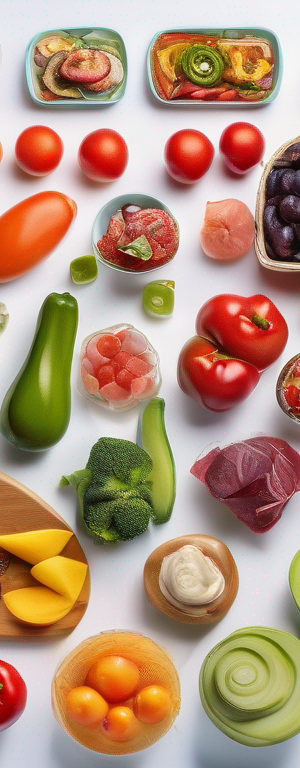
Can You Eat Expired Tortillas: Understanding Food Safety and Storage
In the realm of food safety, the question of whether or not to consume expired tortillas is a common concern for many individuals. Tortillas are a staple in man